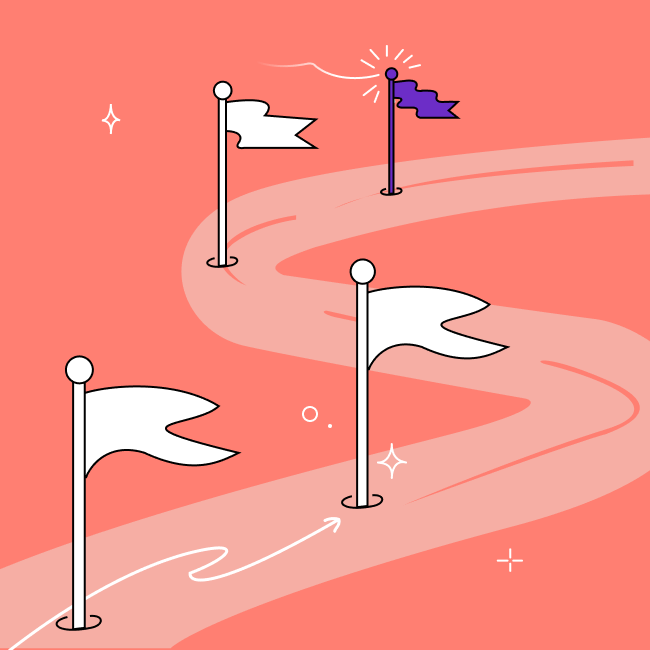UX is critical for SEO: Else you will miss out on these 5 benefits
June 4, 2019 | Read Time : 3 mins
Table of Contents
Earlier the SEO formula was:
SEO= Keywords + Meta descriptions + Title tags = High Ranking
But at present Google focuses on the website which ensures a user-centred experience for its audience.
The 200 metrics that Google uses to rank the website, are constantly checking if the site is able to engage the user. The amount of time spent by the user, retention rate, bounce rate. The more elements in the website are enabling user-centred signals, the higher the SEO ranking.
However, there is still a lack of awareness regarding the importance of UX in getting bet ter search engine optimization.
Here are the five benefits which you will lose on your website if UX is not applied properly
Easy to find and use
UX is key to making the website easy to navigate. UX design heavily relies upon research from users, it helps understand user goals and also how to achieve them. And a site can only be useful when the user can find it. The work of UX is to make sure users find the required information and allow users to access it hassle-free.
Don’t let your users leave too soon
Search engines calculate how much time a user is spending on your site before they go back and search for the same information. The users make an impression of the website in 0.05 seconds and if the website fails to keep the users, then it directly affects their rank on search engines.
If the user is able to find the site, then hook on to the landing page is a way to keep the user on the site. The hook can include the use of effective typography to display information, design elements, use of photos, animation, videos.
Research is the key
Use UX research on focus groups to observe and take inputs through interviews. These insights can help make the right decision for the websites.
Eliminating unnecessary features:
What a website considers important, can be of no interest to the user. The research helps in finding what are the unnecessary elements which are making the user leave the site, or uninterested.
Exploring unknown problems:
Research also helps in finding what are the problems (small or big) faced by the user on the site which is stopping them from completing their goal.
Make every experience count
Most of the focus is given to the customer’s journey before CTA (call to action), but the website should find a balance and give equal importance to pre and post CTA experience. Post CTA experience ensure the customer has made the correct decisions, and that builds trust between the user and business. This was a business that can get loyal users who help bring more leads for the business.
Poor UX = Poor SEO
If the SEO is helping you bring traffic, and the website structure is not according to the user’s ease, it will lead to a poor ranking and no leads. Subsequently, the traffic from SEO will start decreasing. The users who could be possible leads will turn into visitors. If the user is not provided with a good experience they will choose competitors above your website.
In order to stay competitive in this digital era, it’s vital that companies invest time and resources into creating engaging experiences on their websites. Maintaining a balance between UX (user experience) design practices for website visitors as well as SEO strategies will provide rich content with targeting keyword combinations that draw users back time after time!
Balancing these two needs gives you an advantage over other companies because not only will it provide rich experiences for visitors–but also keep them coming back again soon after their initial visit.






